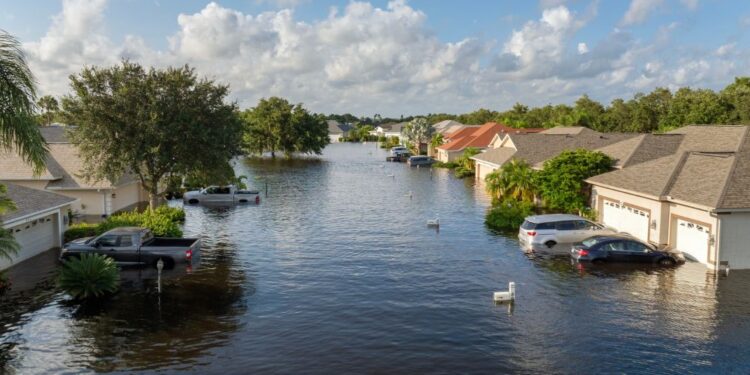Catastrophic Flooding Causes Financial and Emotional Problems for Homeowners

When it comes to dealing with floods, each story of survival and recovery is filled with valuable lessons that can benefit all homeowners. By sharing real-life experiences, this guide aims to equip homeowners with practical insights and strategies for managing flood risks effectively. These stories not only demonstrate resilience but also highlight innovative and proactive steps that individuals have taken to protect their homes and recover from disaster.
Understanding the Impact of Floods Through Real Stories
Hearing from those who have navigated through the aftermath of a flood provides a deep understanding of the physical and emotional challenges involved. For example, one homeowner from a flood-prone area might share how they successfully implemented landscaping changes that diverted water away from their home, thereby preventing recurrent flooding. Another might describe the emotional toll of losing cherished possessions and the steps they took to rebuild their lives and homes.
Preventative Measures Taken by Homeowners
Many stories emphasize the importance of preventative measures. After experiencing a minor flood, one homeowner might decide to install a higher-capacity sump pump, while another might raise the foundation of their home after a major flood event. These actions are often prompted by painful experiences but lead to greater preparedness and peace of mind.
Effective Use of Technology and Community Resources
Some homeowners discover the benefits of integrating technology into their flood management plans. Installing water sensors and automated flood defenses can provide critical alerts and automatic responses to emerging threats. Additionally, community resources such as local flood warning systems and neighborhood preparedness groups can offer support and information, which prove essential during times of crisis.
Insurance and Financial Planning Insights
Navigating insurance claims is a common theme in flood recovery stories. Homeowners often stress the importance of having comprehensive flood insurance and understanding what their policies cover. One story might detail the steps a homeowner took to document damage comprehensively, which facilitated a smoother claims process. Another might share how they negotiated with insurance adjusters to ensure adequate compensation for their losses.
Rebuilding and Future-Proofing Homes
Recovery stories frequently include rebuilding efforts that incorporate flood-resistant materials and designs. For instance, a homeowner in a coastal area might choose to use materials that resist mold and corrosion due to high humidity and saltwater exposure. Others might install elevation platforms for appliances in the basement or redesign their landscape to improve drainage.
Emotional Recovery and Community Support
The emotional journey of recovering from a flood is as significant as the physical rebuilding. Homeowners often share how community support, family, and friends played crucial roles in their recovery. Mental health support and having a plan for emotional resilience are also highlighted as critical components of the recovery process.
The collective wisdom gained from real homeowner stories of flood recovery is invaluable. These narratives not only provide practical tips and strategies but also inspire and guide others who might face similar challenges. By learning from these experiences, homeowners can better prepare for and respond to floods, reducing potential damage and accelerating recovery. This guide aims to share knowledge and foster a sense of community and resilience among homeowners facing the threats of flooding.






